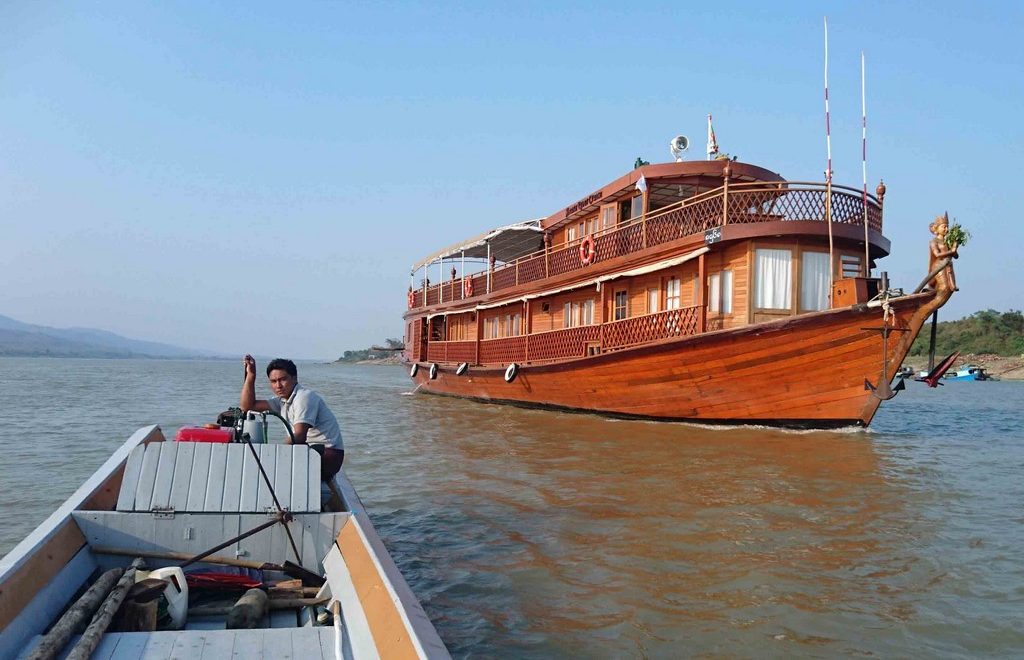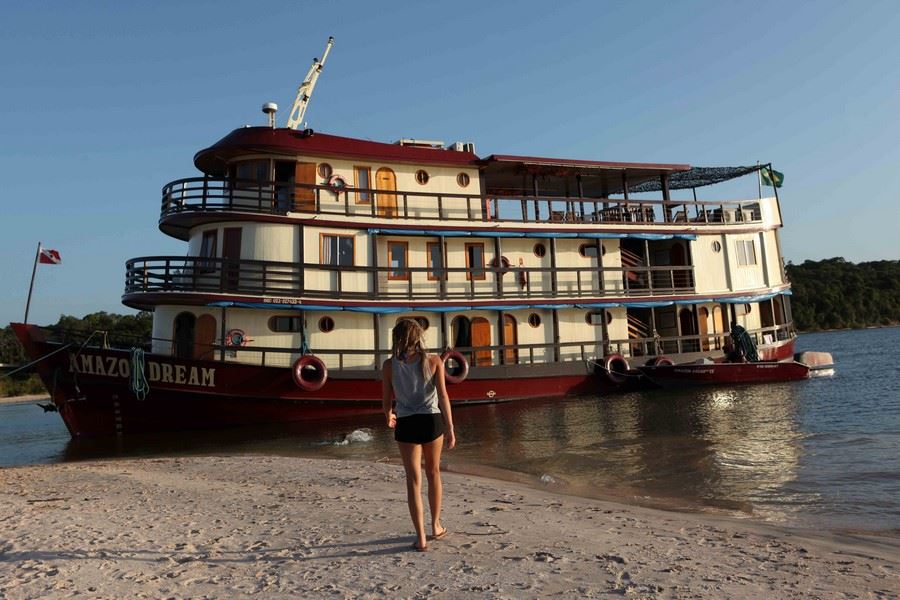
One of Vietnam's main tourist attractions is the famous Halong Bay. As its name suggests, this is a bay of impressive karst formations. They are set in the middle of emerald green water, adding an extra touch of charm to the site. You can also find these splendid limestone rocks, more commonly known as Tam Coc, but this time in the hinterland at Ninh Bình. During your trip to Vietnam, why not set off on an adventure to discover this land-based Halong Bay?
How do I get to Tam Coc in Vietnam?
One of the best ways to get to Tam Coc during your travel to Vietnam is from the tourist town of Ninh Bình. Ninh Bình is around a hundred kilometres south of the country's capital, Hanoi. To get the most out of the Vietnamese landscape, we recommend you take the train to Ninh Bình, a journey of just under two hours. From Ninh Bình, you can easily find several ways to get to Tam Coc, as the site is less than ten kilometres south of the city.
Explore Halong Bay on land by sampan
Tam Coc is in fact three impressive caves that you can discover by sailing on the Ngo Dong river, located around ten kilometres from Ninh Bình. This river, lined with rice paddies, winds through a karst landscape similar to that of Halong Bay. That's why this tourist attraction is often compared with Halong Bay. The only way to get to these famous caves is aboard a typical Vietnamese rowing boat called a sampan. When you arrive at the Ngo Dong River, climb aboard these boats for an excursion of around 2 hours through spectacular scenery.
Attractions to see around Tam Coc
After your adventure aboard a sampan to discover Tam Coc, you will also have the opportunity to find other attractions in the surrounding area that are well worth a visit. There are temples and pagodas in the area that are well worth a visit. These include the Jade Pagodas, which are around 2 kilometres from Tam Coc. You can reach them by bike and, at the same time, pass through picturesque authentic Vietnamese villages. Set high up in the mountains, these pagodas offer spectacular views of the river and the karst formations of the region.





